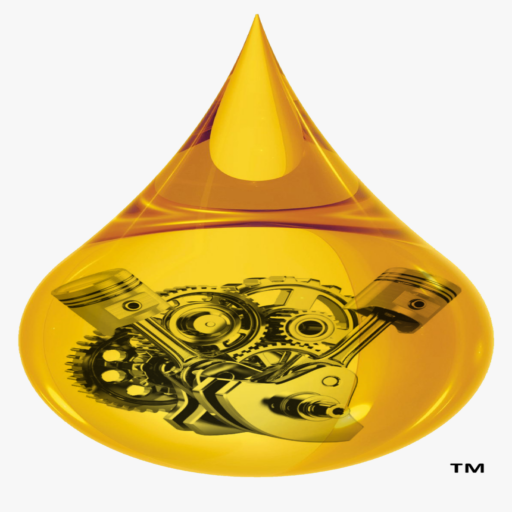TRyobi 3100 PSI Pressure Washer Oil Type: To keep your Ryobi PSI 3100 Pressure Washer working smoothly And efficiently, regular maintenance is necessary. This includes oil change.
In this post, I cover all the information you need to learn about Ryobi’s 3100 PSI Pressure Washer Oil Type And Capacity, as well as filtering, change costs, and changing cost.
Oil Type: The Ryobi Pressure Washer 3100 PSI is powered by SAE 30-weight Detergent Oils. This oil is specially designed to protect engines under high temperatures and pressure.
Capacities: The Ryobi 3100 PSI Power Washer has a 20 fluid ounce (0.6 liters) oil Capacity. You should check your oil Levels regularly and top them up as required. Overfilling can damage the engine.
Oil filters: The Ryobi Pressure Washer 3100 PSI is equipped with a 10W-30 filter. The oil filter should be Changed every time your oil is changed. This will help your engine to remain clean and free of contaminants.
Oil Change Prices: It depends on where you Choose to have the oil Changed for your Ryobi 3100 PSI Pressure Washer. For a Professional service, expect to pay between $20 and $$30.

Ryobi 3100 PSI Pressure Washer Oil Type
This Ryobi 3100 PSI Pressure Washer is required to use SAE 30-weight detergent oils to run its engine.
It is essential to get the right oil for the engine to perform smoothly and effectively and to prevent any engine damage.
While adding oils, be sure not to fill the engine. While adding oils, be sure not to fill the engine, And also monitor the oil levels often to make sure that it is at the right level.
It is also suggested to change the oil within the first five hours of using it after which it should be Changed each 50-hour period or every year, whichever is first.
Always consult the owner’s manual for specific directions And guidelines regarding the oil type And maintenance of the Ryobi 3100 PSI pressure washer.
Pressure Washer Oil Capacity For Ryobi 3100 PSI
The oil capacity of a Ryobi 3100 PSI Pressure Washer will vary depending on its model And engine type. The average pressure washer engine holds between 20 And 24 fluid ounces (0.6-0.7 liters) of oil.
Reviewing the user’s manual is the best way to find out The exact oil type and capacity for your Ryobi pressure washer 3100 PSI model.
Robi 3100 psi pressure washer Specifications
Depending on the model and year of manufacture, the specs of a Ryobi 3100 PSI pressure washer may vary, however, some common specifications include:
- Engine: Gas-powered 4-stroke engine
- Typically, the engine displacement is 212 cc and the power output is between 2.5 and 3.5 horsepower.
- Water Flow Rate: Approximately 2.5 gallons per minute at 3100 PSI Pressure (GPM)
- Length of Hose: 25-50 feet (varies by model)
- Pump Type: Axial cam
- Typically two big wheels for ease of portability
- around 50 to 70 pounds (varies by model)
These are only some of the standard specifications for a Ryobi 3100 PSI pressure washer; for the most exact information, please reference the owner’s manual for your individual model.
Ryobi 3100 PSI Pressure Washer Oil Change
To do the oil replacement for the Ryobi 3100 PSI pressure washer take these steps:
- Switch off the engine, and let it cool completely before attempting to change the oil.
- Find the drain plug for oil beneath the engine. Set a container or pan beneath the plug to collect all the oil that has been leaking.
- Take off the drain plug for oil to let the oil completely drain in the tank.
- Replace the plug that drains oil and secure it.
- Take off the cap on the oil filler and fill the engine up with what is recommended SAE 30 weight of detergent until it reaches the complete line in the dipstick.
- Replace the cap on the oil filler and clean any oil that has accumulated away from your engine.
- To circulate the new oil throughout the engine, turn the key to the “on” position and let the engine run for a few minutes.
- Verify the level of oil and add oil if needed to meet the mark of the dipstick.
- Get rid of the old oil correctly at a local recycling facility.
It is suggested that you change your oil within the first five hours of using and thereafter after 50 hours, or every year, or as often as you like. Always consult the owner’s manual for specific instructions and suggestions regarding oil changes and maintenance of the Ryobi 3100 PSI pressure washer.
People Also Search Ryobi 3100 psi pressure washer oil type
| Ryobi 3100 psi pressure washer reviews |
| Ryobi 3100 pressure washer problems |
| Ryobi 3100 pressure washer manual |
| Ryobi 3100 psi 2.5 gpm |
| Ryobi pressure washer reviews |
| Ryobi pressure washer troubleshooting |
| Ryobi 3100 pressure washer parts |
| Ryobi 3100 pressure washer pump |
For more information visit their official website at
Conclusion
The 3100 PSI Pressure Washer requires SAE-30 detergent oil in order to run its engine.
It is important to change the oil frequently And use the right Type of oil to ensure that your engine runs smoothly.
Refer to the owner’s manual to find out more about the oil type and maintenance of the Ryobi 3100 PSI Pressure Cleaner. Your pressure washer will last for many years if you maintain it properly.
FAQs – Ryobi 3100 psi pressure washer oil type
What type of oil does my Ryobi pressure washer require?
Before utilizing your pressure washer, you should replace the oil with SAE 30 or 10W30 if it is dark or black.
What kind of oil should be used in a pressure washer that is black?
Before using your pressure washer, change the oil to SAE 30 or SAE 10W30 if it is dark or black. Click to view the complete response. What kind of oil do you use in a pressure washer taking this into account?
How do you change the oil in the pump of a pressure washer?
Before changing the pump oil in your pressure washer, you must arrange a suitable drainage container beneath the machine. Ensure that it is immediately beneath the oil pump exit. Then, if present, remove its oil cup and drain stopper. Some models may have both of these characteristics.

